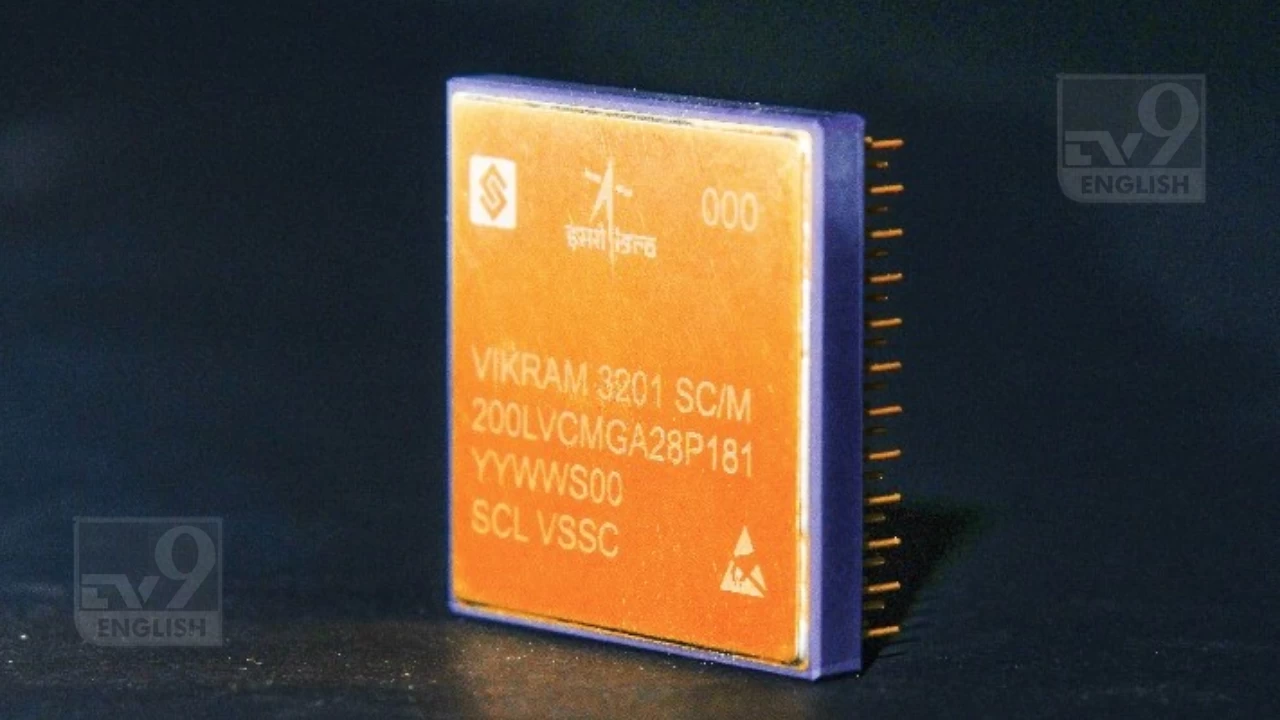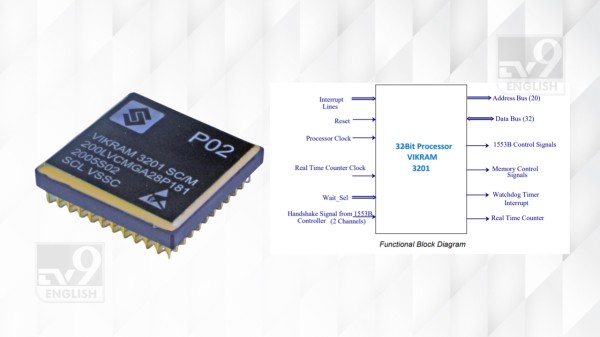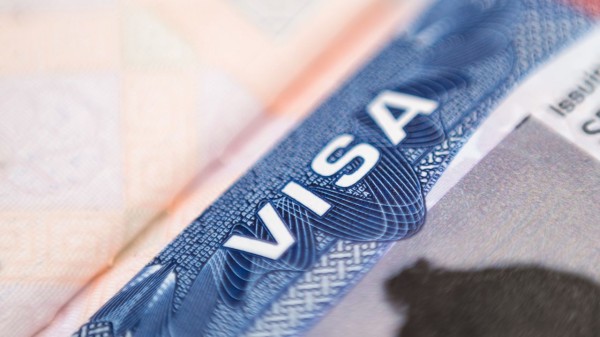

By signing in or creating an account, you agree with Associated Broadcasting Company's Terms & Conditions and Privacy Policy.


By signing in or creating an account, you agree with Associated Broadcasting Company's Terms & Conditions and Privacy Policy.

New Delhi: Prime Minister Narendra Modi inaugurated the Semicon India 2025 event in New Delhi on Tuesday, September 2, in what is being called a landmark day for India’s technology and chip ambitions. Union IT Minister Ashwini Vaishnaw presented the country’s first fully indigenous semiconductor chip, the Vikram 3201 processor, to PM Modi during the ceremony.
The three-day summit has brought together global industry leaders, policy makers, and semiconductor experts to highlight India’s journey toward becoming a major hub for chip design and manufacturing. Modi used the stage to stress that semiconductors are now as valuable as oil once was, calling them the “digital diamonds” of the 21st century.
PM Modi told the gathering that while oil shaped the last century, semiconductors will define the future. “Oil may be black gold, but chips are digital diamonds,” he said. He added, “The days are not far when the smallest chip made in India will drive the biggest change in the world.”
The Prime Minister also underlined India’s economic resilience, pointing out that the country recorded a 7.8% GDP growth in FY26 Q1, even as other economies were facing headwinds. He said India’s semiconductor programme, started in 2021, has already attracted around $18 billion (₹1.56 lakh crore) in investments across 10 projects cleared so far.

At the centre of attention was the Vikram 3201, developed by ISRO’s Semiconductor Lab (SCL). It is a 32-bit space-grade microprocessor designed to handle navigation, control, and mission management in rockets and spacecraft, performing split-second calculations to keep launch vehicles stable and on course.
Unlike commercial processors, Vikram 3201 has been built to withstand extreme environments — from the heat and cold of space to high levels of vibration and radiation.
The chip was fabricated using SCL’s 180nm CMOS process technology in Chandigarh. Though not cutting-edge by consumer standards, this node is proven and highly reliable for aerospace-grade applications.
Yes. The Vikram 3201 was already tested aboard the PSLV-C60 mission. It powered the Mission Management Computer on the PSLV Orbital Experimental Module (POEM-4). Its successful in-orbit validation earlier this year gave ISRO the confidence to move toward wider adoption.
On March 5, 2025, the first production batch of Vikram 3201 processors was formally handed over to ISRO along with Kalpana 3201, another indigenous 32-bit microprocessor based on the SPARC V8 architecture.
Until now, India depended on imported space-grade processors, which exposed missions to risks of supply chain disruptions and export restrictions. With Vikram 3201, India has a homegrown solution, reducing dependence on foreign technology and moving closer to Atmanirbhar Bharat in semiconductors.
Vaishnaw said during the event, “In a short span of 3.5 years, we have the world looking at India with confidence. Today, the construction of five semiconductor units is going on at a rapid pace… We just presented the first ‘Made-in-India’ chip to PM Modi.”
Modi said the government is working on the next phase of the India Semiconductor Mission and will soon launch a new Design-Linked Incentive (DLI) scheme. “Oil may be black gold, but chips are digital diamonds,” he reminded the gathering, underlining the role of semiconductors in the global economy.
The Vikram 32-bit processor is just the start. With indigenous chip design and testing already proven in space, India is positioning itself not only as a consumer of semiconductors but also as a contributor to the trillion-dollar global chip market.








